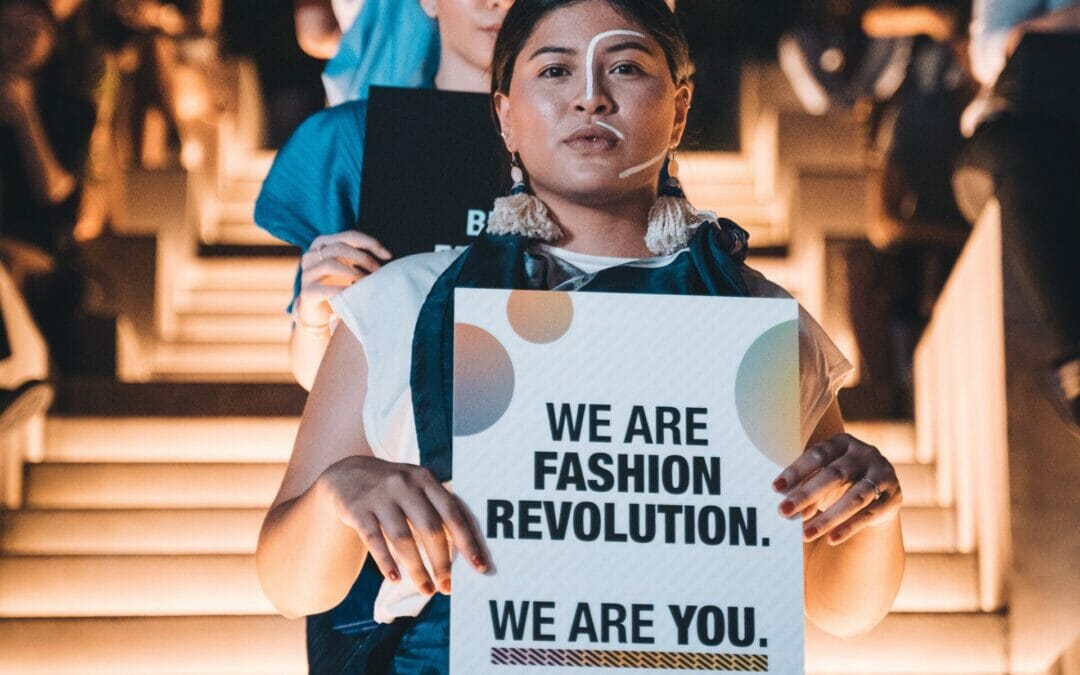By far my most popular blog post was the five things you need to know about the fashion industry. Since I wrote it last year a lot has changed so here’s an update on all that has happened in fashion retail since then.
What has changed?
The biggest event is, of course, the global pandemic and its fallout. The Five Things I wrote about last year are still valid but some have been altered by recent events.
Last year’s Five Things were:
- We throw out a lot of clothes.
- Consumers see cheap fashion as “nearly disposable”
- The global fashion industry produces 5%-10% of greenhouse gas emissions.
- The fashion industry consumes more energy than the aviation and fashion industries combined.
- Clothing production needs a lot of water.
My updated list
- We still consume and throw out a lot of clothes
- Consumer behaviour is changing
- The global fashion industry is changing
- More change is needed and quickly
- Your personal choices have never been more important
1.We still consume and throw out a lot of clothes
The Central Statistics Office reports that Ireland imports 292,000 tonnes of textiles every year, which is 61kg for every man, woman and child in the country. In hard cash this is worth over €3bn.
The Environmental Protection Agency in Ireland measures the amount of waste that goes into our household waste bins. According to their Waste Characterisation Study 68,000 tonnes of textiles go into our bins every year. That’s 14kg for every man, woman and child in the country.
2. Consumer behaviour is changing
One of silver linings of the global pandemic is that everyone has become more conscious of their consumption habits. This was partly forced on us because shops have been closed for several weeks during two lockdowns. Being at home and unable to travel far has changed how consumers relate to what is around them. They are more likely to try to support businesses in their local area, and to reflect on how they shop and what they buy.
3. The global fashion industry is changing
And how! There are two really big things that have accelerated this change.
One is that the retailers who were already failing before the pandemic have failed more quickly as a result of the pandemic. Jess Cartner-Morley wrote a very insightful article in the Guardian recently about how Topshop changed the face of fashion but how they failed to keep up with the changing culture of the 21st century.
The other big change is that some retailers are really clued into the zeitgeist and know that they have to reflect the values of Generation Z. H&M have promised that 70% of their products in 2021 will be recycled or made from sustainably sourced material. Their Close the Loop programme aims to increase the circularity of their textile production, taking responsibility for the full life cycle of their clothing even after the consumer has purchased it. Other retailers are also in this space including Zara’s parent company Inditex. Sustainable clothing is now mainstream.
4. More change is needed and quickly
This is all very positive and to be applauded but change needs to happen even more quickly if we are to stop the planet from warming beyond the 1.5 degrees set out in the Paris Agreement five years ago. The overriding factor in all of this is that those who manufacture and sell clothes must provide consumers with more choice in what they offer. It also means that they must ensure that their clothing lines are made ethically and sustainably. The impact of the pandemic on fast fashion was much more severe for the garment workers in Bangladesh than for those further up the supply chain. Positive change is needed sooner to provide better, more sustainable choices for the consumer.
5. Your personal choices have never been more important
How does where I buy my clothes affect climate change? As Greta Thurberg has so eloquently shown us, the changes that each and every one of us makes in how we live and shop will make a difference. The pandemic is a wake up call in how we live our lives and what is important to us. This must extend into how we consume in our everyday lives, the standards we expect from the brands that sell our clothes and how much wear we get out of our clothes before adding even more of them to the wardrobe.
2020 has been a terrible year that most people will be happy to put behind them. However, even in the toughest situations there are always some silver linings. The lockdowns interrupted many old habits and behaviours that had long gone unquestioned. The disruption that the pandemic has caused will serve us well in the future, but only if we take heed of the lessons learned.
These are my Five Things. You may have your own take on this and I’d be delighted to hear from you. You can get in touch with me on linda@retailrenewal.ie or you can book a call with me to have a chat.

